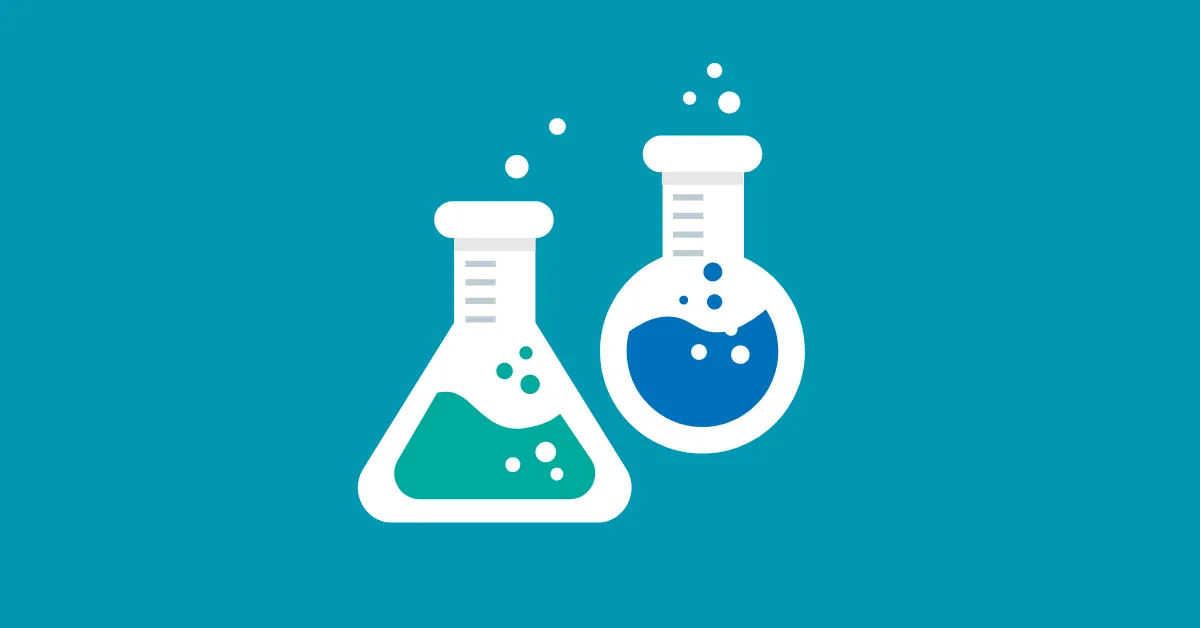Last Updated on 07/26/2024 by calculatoracute.com
Limiting Reagent Calculator
When it comes to chemical reactions, determining the limiting reagent is crucial for predicting the amount of product that can be formed. A limiting reagent calculator can help simplify this process and ensure that the reaction is as efficient as possible. In this blog post, we will discuss five actionable tips for using a limiting reagent calculator effectively.
1. Understand the Concept of Limiting Reagent
Before diving into using a limiting reagent calculator, it's essential to have a solid understanding of what a limiting reagent is.
The limiting reagent is the reactant that is completely consumed in a chemical reaction, thereby limiting the amount of product that can be formed.
By identifying the limiting reagent, you can determine the maximum amount of product that can be produced.
Take Example, Consider the reaction between Oxygen Gas(O2) and Hydrogen Gas(H2) to form Water(H2O). If there is an excess of hydrogen gas but a limited amount of oxygen gas, the oxygen gas would be the limiting reagent in this case.
2. Input the Correct Stoichiometry
When using a limiting reagent calculator, it's crucial to input the correct stoichiometric coefficients for the reactants and products involved in the reaction.
Stoichiometry is the quantitative relationship between reactants and products in a chemical reaction, as determined by the balanced chemical equation.
For example, in the reaction between hydrogen gas and oxygen gas to form water, the balanced chemical equation is:
2H2 + O2 -> 2H2O
It's important to ensure that the stoichiometry is accurately represented in the limiting reagent calculator to calculate the limiting reagent correctly.
3. Determine the Molar Quantities of Reactants
To determine the limiting reagent in a chemical reaction, you need to know the molar quantities of the reactants involved.
This information can be obtained from the experimental setup or given in the problem statement.
By inputting the molar quantities of the reactants into the limiting reagent calculator, you can identify which reactant is the limiting reagent.
For example, let's say you have 4 moles of hydrogen gas and 3 moles of oxygen gas in the reaction between hydrogen gas and oxygen gas to form water.
By inputting these molar quantities into the limiting reagent calculator, you can determine that oxygen gas is the limiting reagent.
4. Consider the Theoretical Yield
It is the Maximum amount of the product that can be formed in a chemical reaction through Limiting Reagent.
By calculating the theoretical yield, you can determine the efficiency of the reaction and make adjustments to maximize the yield of the desired product.
For example, if the theoretical yield of water in the reaction between hydrogen gas and oxygen gas is 6 moles, but only 5 moles of water are actually produced, the reaction may not have been as efficient as anticipated. By using a limiting reagent calculator to assess the theoretical yield, you can optimize the reaction conditions for a higher yield.
5. Evaluate the Excess Reactant
In addition to identifying the limiting reagent, it's essential to evaluate the excess reactant in a chemical reaction.
The excess reactant is the reactant that is not completely consumed in the reaction, meaning there is still leftover after the reaction is complete.
By using a limiting reagent calculator to determine the limiting reagent, you can also calculate the amount of excess reactant remaining after the reaction.
This information can be valuable for optimizing the reaction conditions and minimizing waste.
Conclusion
In conclusion, utilizing a limiting reagent calculator can streamline the process of determining the limiting reagent in a chemical reaction.
By following these five actionable tips, you can ensure that you are using the calculator effectively and maximizing the efficiency of your reactions.
Remember to understand the concept of limiting reagent, input the correct stoichiometry, determine the molar quantities of reactants, consider the theoretical yield, and evaluate the excess reactant.
By incorporating these tips into your workflow, you can make informed decisions and achieve more accurate results in your chemical reactions


